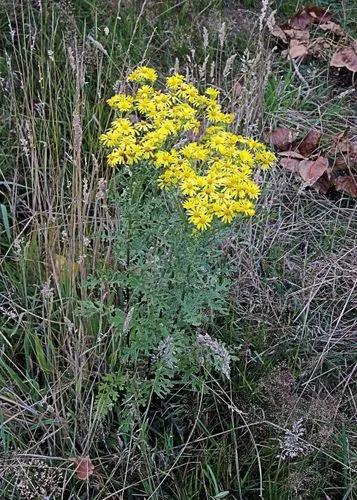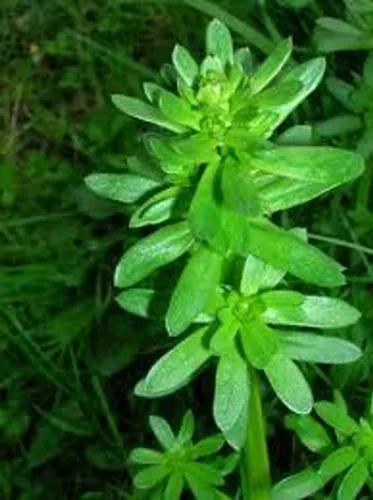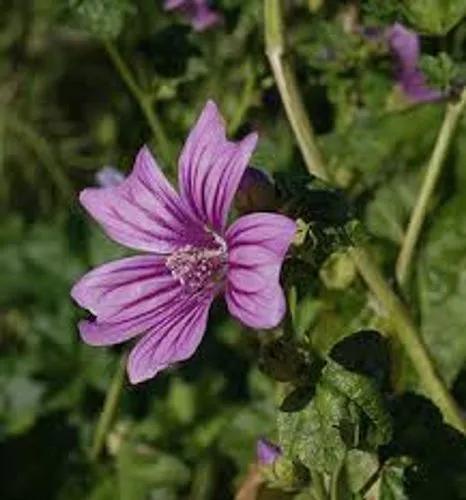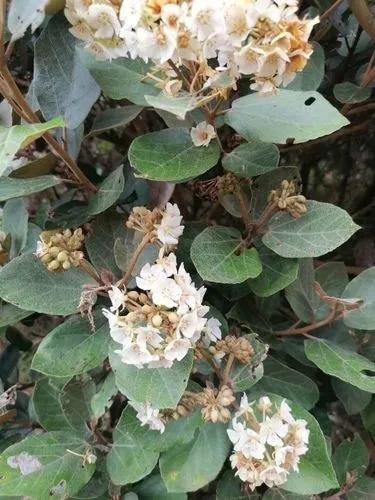Handroanthus heptaphyllus, commonly referred to as the pink trumpet tree or pink tab, is a Bignoniaceae tree native to tropical and subtropical regions of South America. It grows in the high forest watershed of the Paraná River, Paraguay River and Uruguay River. It has a limited distribution, almost exclusively inhabiting low lands with wet and deep soils, where it forms part of the upper layer of tree cover.
Pink Trumpet Tree Care
Handroanthus Heptaphyllus



Handroanthus heptaphyllus can reach up to 40 m in height. The bark is brown-gray, very rough, with deep cracks in adult specimens. H. heptaphyllus requires specific light and humidity conditions, and is susceptible to frost when young. The tree is considered decorative, and is frequently used in parks, squares and public woodland. Its leaves are palmate compound with opposite orientation. Each compound leaf contains 5-7 elliptical leaflets that are 10-15 cm long and have serrated edges. The tree is semi-deciduous with purple/pink tubular flowers that develop before the leaves. The flowers can vary in color from bright pink to pale pink or even white. The fruit of H. heptaphyllus is shaped like a long pod up to 30–40 cm long and 1-1.5 cm wide. The pods are brown when ripe and eventually open longitudinally and drop up to 150 winged seeds. It withstands high winds and has a strong and deep root system. Flowering begins in the first half of September. Approximately 30 days after flowering begins, the first leaves begin to appear. Ripe fruit appears between January and February.
How to Care for the Plant

Popularity

39 people already have this plant 22 people have added this plant to their wishlists
Discover more plants with the list below
Popular articles






